
Surgical Solutions for Children Suffering from Sleep Apnea
It is estimated that sleep apnea affects approximately 10% of children. These children typically have restless sleep, sweat during sleep, snore, suffer from night terror, feel tired throughout the day and may suffer from bed wetting. Still, the symptoms of obstructive sleep apnea in children are not so obvious as those in adults. The condition generally occurs due to enlarged adenoid and tonsillar tissue. Furthermore, the underlying cause may also be enlarged turbinate or jaw deformity.
The treatment in majority of children includes adenoidectomy and tonsillectomy. In rare occasions a child undergoes conjoined turbinate reduction by radiofrequency. Studies regarding efficiency of surgery in such patients is essential to estimate the results and asses the improvement. Even though the success rate is rather high (approximately 80%) the symptoms and signs of sleep apnea may linger in certain number of operated children.
Adenoidectomy and tonsillectomy are commonly performed operations. They basically last for about an hour and are performed under general anesthesia. The recovery time lasts a few days and the risk of postoperative complications is minimal.
How Successful Is Surgery for Children with Sleep Apnea?
Studies are carried out six weeks and then again three months after the previously mentioned procedures. The results generally show improvement. Still, many experts believe that if the study is repeated a year after the surgery that results might be different.
Several studies that were carried out in this particular field showed that two groups of children had a relapse and worsening of the symptoms and the condition in general a year after adenoidectomy and tonsillectomy. However, it is essential to mention that in one group children gained weight while in the other group children maintained optimal weight. So the results led to conclusion that the surgery may not be such a success experts had thought at first.
Unfortunately, data regarding efficiency of both surgeries are quite deficient and there is certainly a need for more studies that will reveal the exact effectiveness and factors that contribute to the overall success of the surgery. Even though such treatment for sleep apnea in children may need to be reconsidered, it is now the only treatment option that provides with desirable results in high percentage of patients.
The best course of action would be to consult a well-experienced doctor who will inform the parents about all the benefits and potential complications of the surgery as well as the outcome. By taking all information into consideration parents will finally choose whether their child should go through the operation or not.


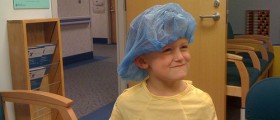
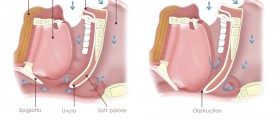
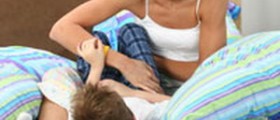
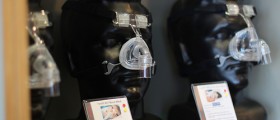
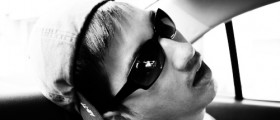

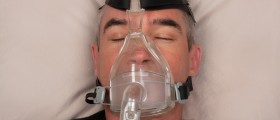
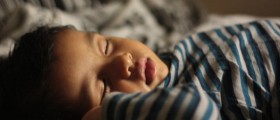
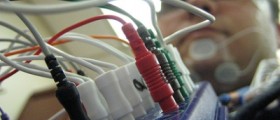
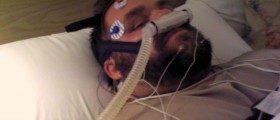
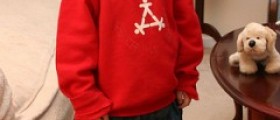
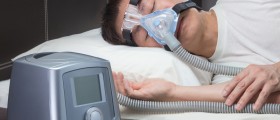
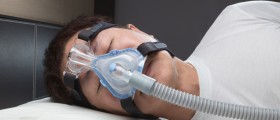
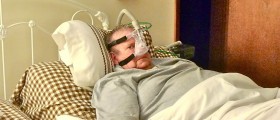
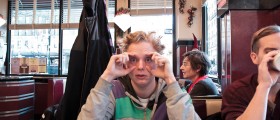
Your thoughts on this
Loading...